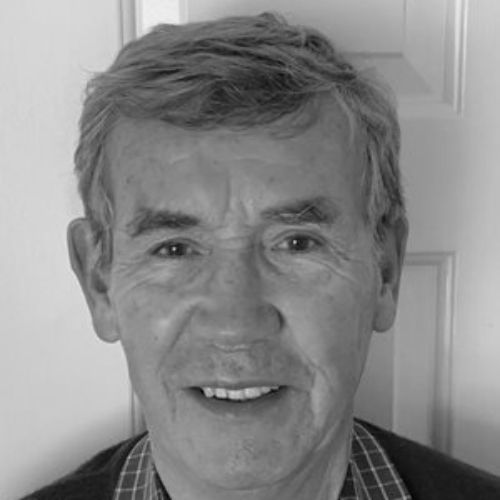What led you to join SME? For how long have you been a member?
Long overdue! To get more access to current activities and trends in the industry, particularly on the fast developing needs and environmental aspects of meeting supply of base metals in the transitioning of energy, transportation and industry with lesser dependence on fossil fuels.
What initially led you to pursue your profession? Why have you stayed in your profession for the past 50 years?
I completed my doctorate in 1978 in Marine Science and worked in Papua New Guinea as a fisheries biologist on Japanese trawlers doing stock assessment studies in the Gulf of Papua. I never gave a thought to mining until in 1979 when the PNG Government Environment Department wanted a fisheries biologist to carry out a survey of fish populations and the importance of the rivers to local communities for fishing, drinking, washing, etc., in anticipation of the development of the Ok Tedi Copper/gold mine. It was the start of exciting times: working with local communities in remote areas that progressed over the years through impact assessment studies, monitoring of impacts of mine operations and managing and leading Environmental and Social Impact Assessments for environmental approvals.
It has taken me to many countries of the world, with most of my long-term work for mining projects in PNG and Indonesia. I left corporate consulting in 2012 to set up my own company and am mostly engaged in advisory roles for mine developments, mainly those with potential impacts in the marine environment including seabed mining.
Favorite SME member benefit(s) to take advantage of?
Access to current mining literature and contemporary issues in the social and environmental approvals process.
What do you find to be the most challenging aspects of your job?
Mining projects with impacts to the marine and aquatic environment are typically contentious. The pathways to environmental approval requires much patient collaboration between the mine exploration teams, community liaison teams, environmental study managers and community leaders to get the trust of the local (and wider) communities and in turn, building the confidence of the government decision makers. Trust is hard to gain, easy to lose and there is always opposition to contend with.
What do you find to be the most rewarding aspects of your job?
Getting Question 4 right. Usually it happens in the end after many challenges along the way. You learn more each time: it never gets easier but always rewarding. While doing fieldwork, staying in remote and isolated communities, offshore marine studies and reef monitoring, I have got to visit places way off the beaten track that would otherwise be impossible to see.
Who has been key in shaping your career, and how?
Working with colleagues in the environmental consulting business who can capture, articulate and plan the ESIA process from project inception to approval. Then the interaction with the mine project geologists, engineers, metallurgists so that the project description, its benefits, impacts and safeguards can be articulated clearly to help communities and regulators make informed decisions.
In what ways have you seen the industry change since you first began your career?
Enormous. Mining has held primacy in human development from the Bronze Age to the industrial revolution and beyond, but at some point around the 80s, not long after I started, demand for better environmental and social performance became serious and for a period, mining lost its gloss in public perception. There was a lot of push-back for a while but the major companies realized that social acceptability and reputation depended on better performance and the extent to which environmental standards, community affairs, health and safety standards and public reporting are now routinely internalized is quite remarkable. I expect this will be a continuous process, given the needs for sourcing a greater array of metals to support sustainable technologies.
Where do you think the industry will take you in the next decade?
The high expectation of the mining industry for continued improvements in social and environmental performance will be ongoing. Will the transition to energy supply from wind, solar and battery storage be met from expanding conventional sources or will, for example, seabed mining be practical and at a lower environmental and social cost? That may see me into retirement.

